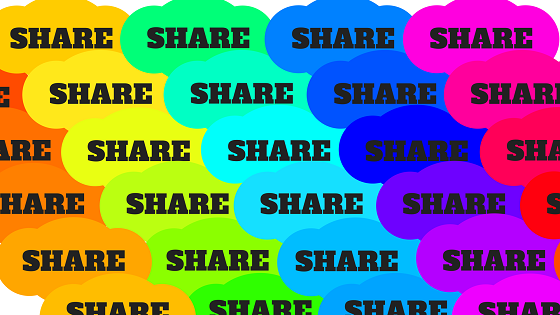
Infographics are powerful tools for communicating information in a way that resonates with today’s internet users. By using a combination of visual imagery and concise text, you can really get your message across and engage people in a way that simply isn’t possible with textual content. While it’s all well and good taking the time to create an awesome infographic, what do you do when the infographic is complete? If you want to generate engagement with your infographic and boost the awareness of your brand, promotion is just as important as design.
Jeff Bullas states, “Due to infographics attractiveness the capacity for them to be shared on social networks and become viral is much higher than ordinary text content.”
Infographic submission sites
After you’ve created your infographic, the first point of attack should always be infographic submission directories. These directories showcase the latest and greatest infographics that the internet has to offer, and the people who visit such sites are always eager to see new creative designs. In addition to exposing your infographic to a new audience, each time your infographic is reposted on one of these directories, you’ll be generating another backlink to your site which is great for SEO purposes.
Make your infographic easy to share on social media
Whether you’ve posted your infographic as part of a blog post or if you have it somewhere else on your site, it’s essential that you make it easy to share. Always include social media buttons on the landing page featuring the infographic so that people can easily share it on their connections on social networks.
Additionally, when you post your infographic on social media, ensure that you use all relevant hashtags and incorporate a thumbnail of the infographic rather than the full image. Different social media platforms have different image size restrictions, so posting a thumbnail gives people a taster and encourages them to click through to your site to see the full thing.
Pitch to niche bloggers
Bloggers are always looking for amazing visual content which they can show to their audience. So long as the infographic topic is actually useful to people, there should be bloggers willing to showcase it. Do a Google search with terms relating to the infographic and see what pops up. Research relevant bloggers who are writing about similar topics, message them and ask them if they’d like to see your infographic. If they agree, state that you’d be happy to write a guest post to accompany the infographic if they want to post it on their blog. This will make them more likely to accept your pitch.
Call in all favours
Finally, approach the people that you’ve already built good relationships with, whether inside your niche or not. Simply asking your best friends to retweet the infographic on Twitter will help to generate momentum and attract attention, and it will then seem more appealing for other people to retweet (the law of social proof applies here). Also, if you personally know any influencers with large social media followings, shoot them an email. If you can get one prominent influencer to share your infographic, this can generate more engagement than all other promotion techniques combined.
Conclusion
One of the reasons that many infographics fail to generate attention is because the author focuses their time on researching, writing and designing, and then hopes it will promote itself. This just won’t work. You should spend just as much time (if not more) on promotion as you do on creation if you really want your work of art to generate the attention it deserves. Good luck.
Tags: infographics, promotion



